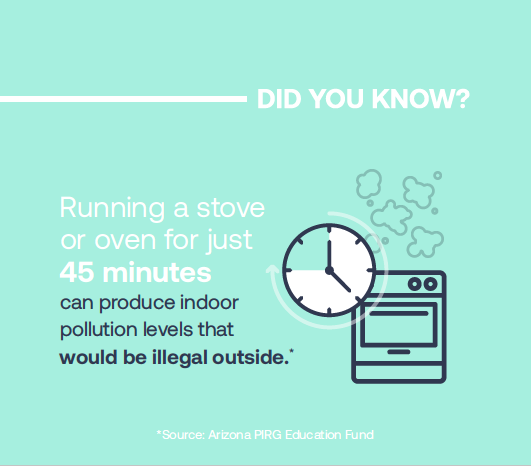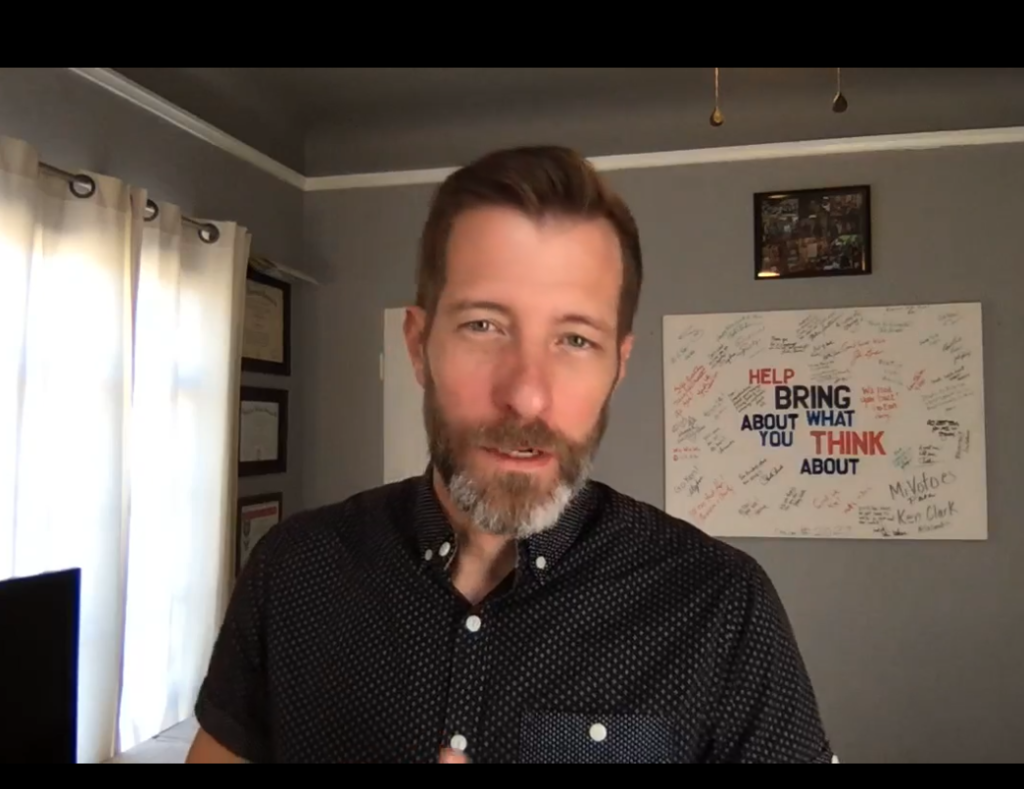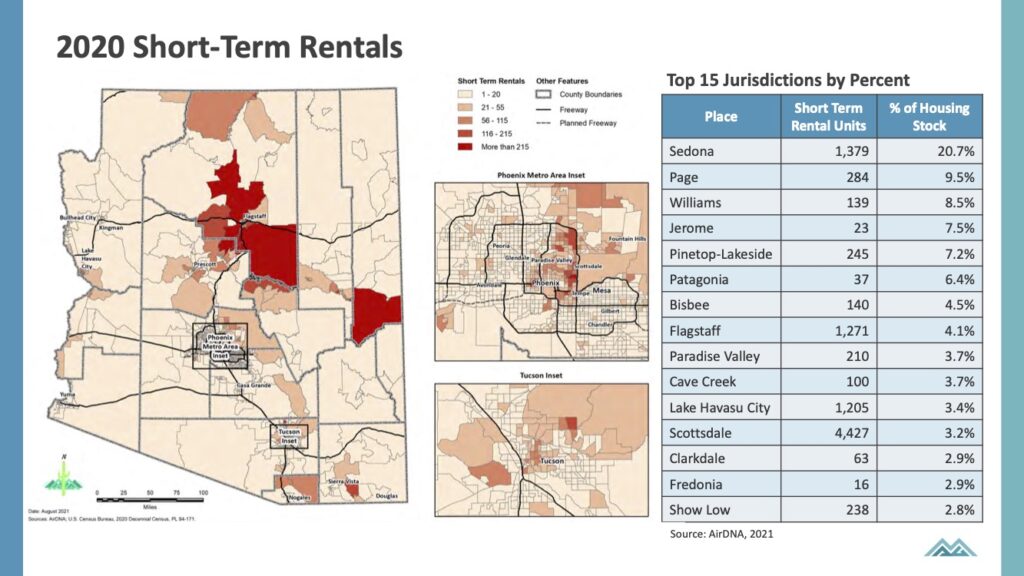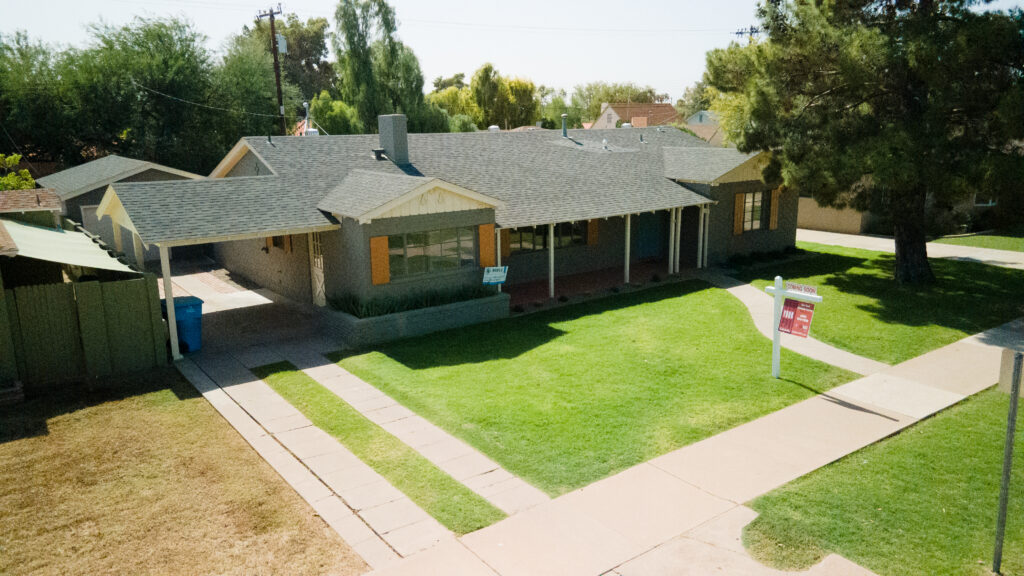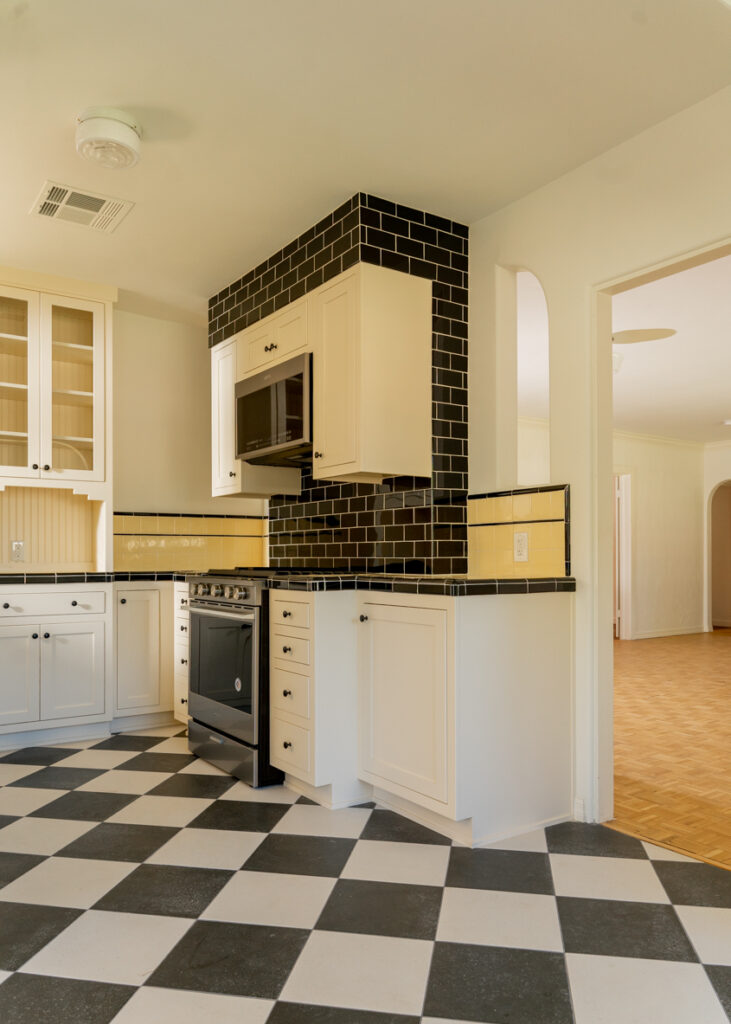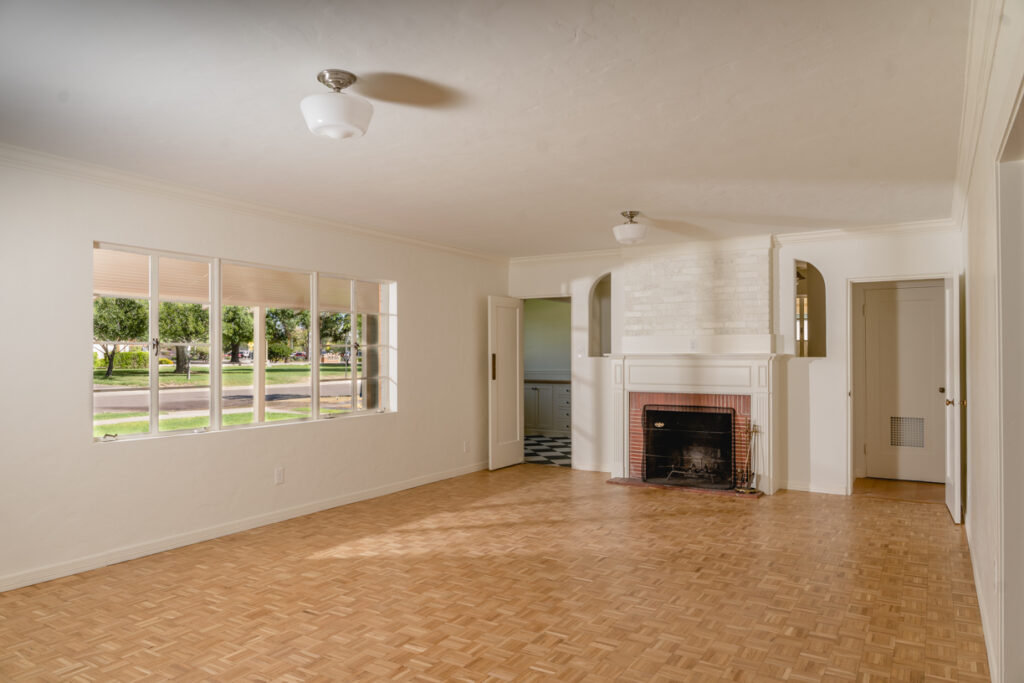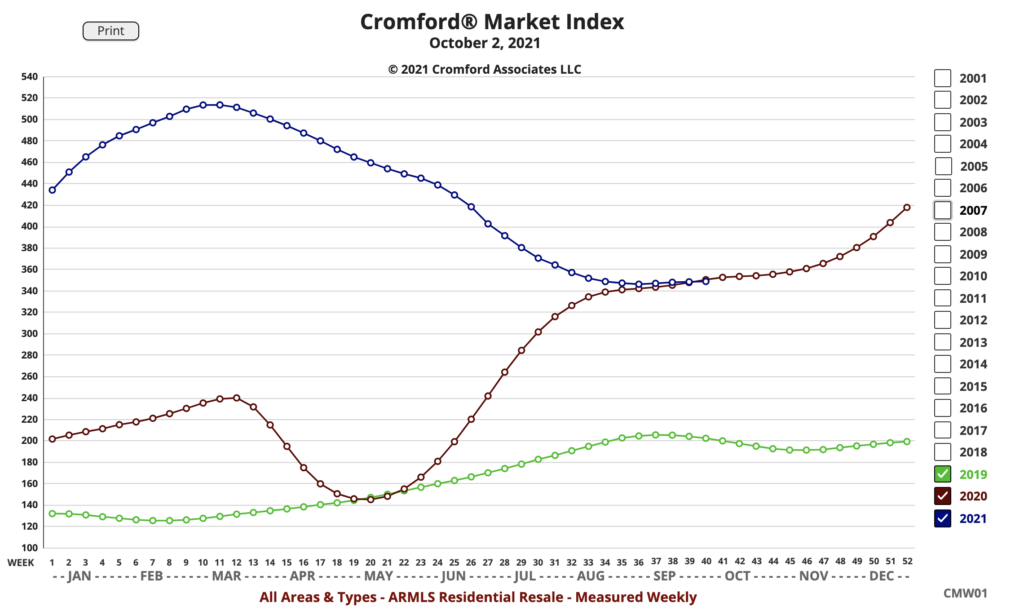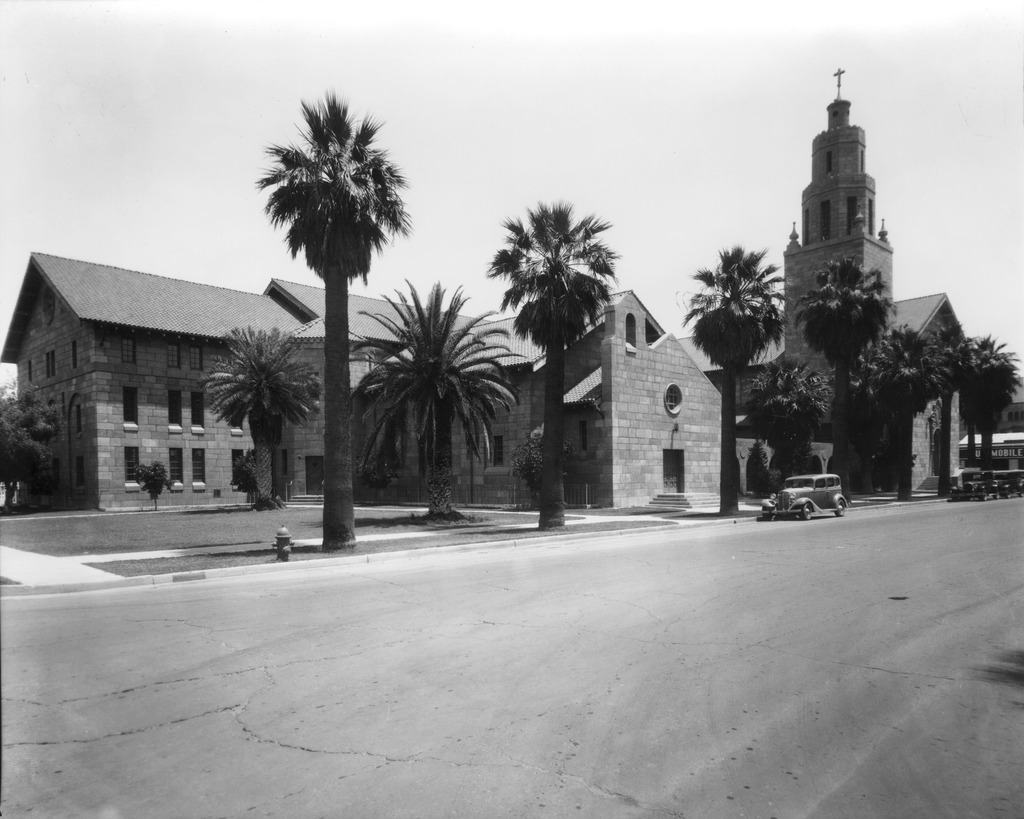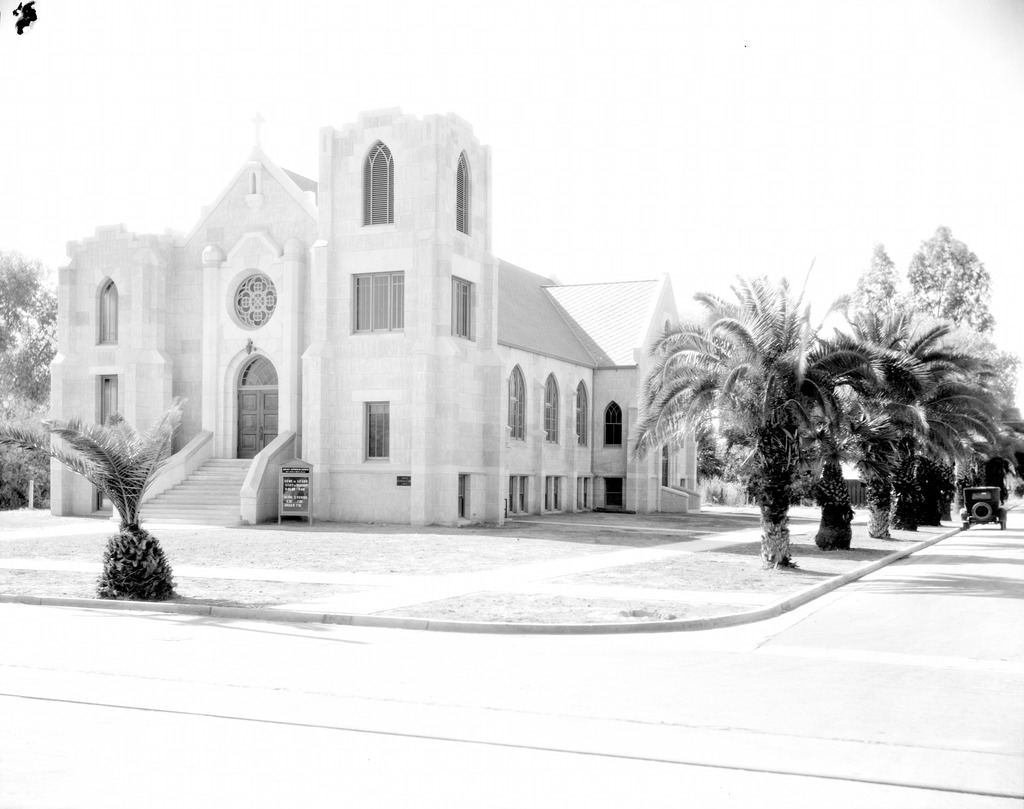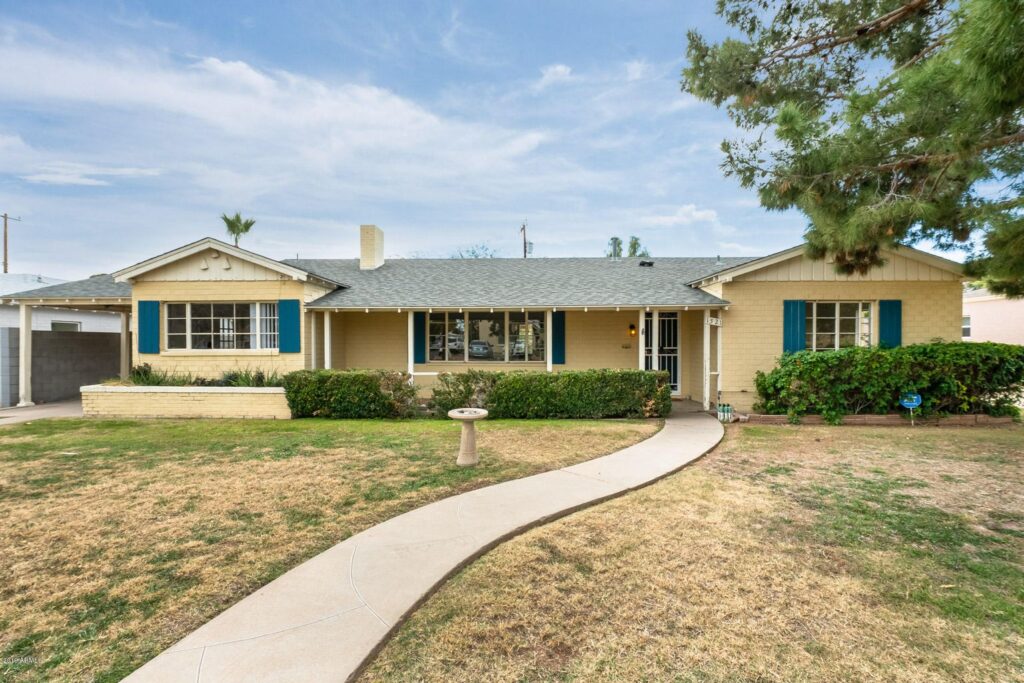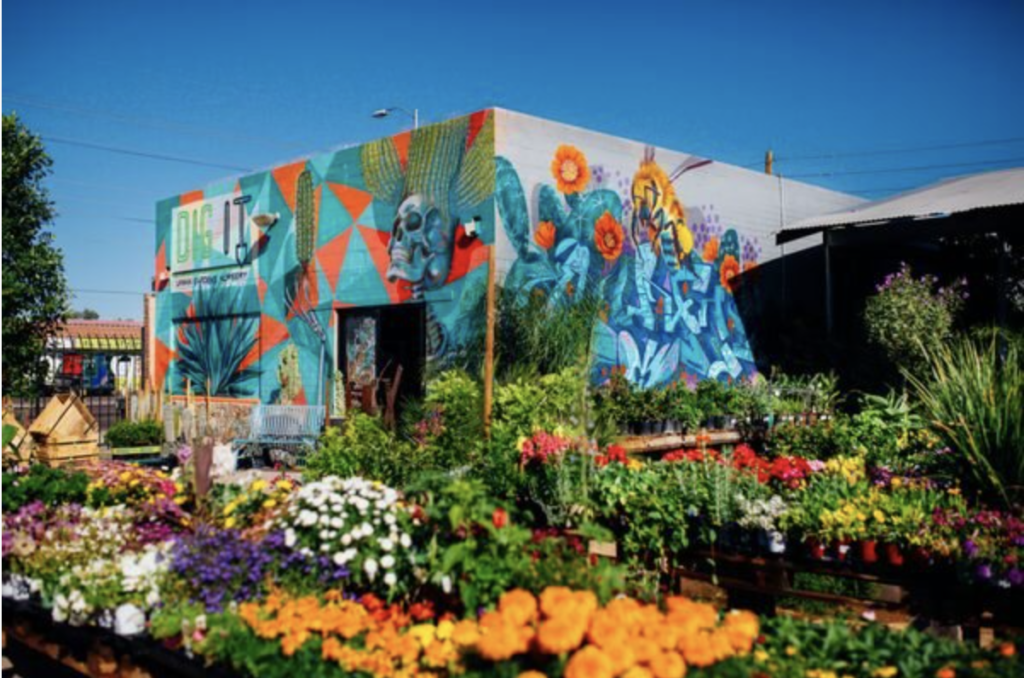There. I said it. Gas Stoves are Dangerous.
It is a heretical thing for a realtor to say, especially knowing that so many of our clients want them.
Heck, I have one in my home!
But with more information coming out about how dangerous they can be, particularly for children, I’m considering switching out to a induction stove.
There are two major reasons that we all need to consider removing gas stoves from our homes. The first is personal lung health. The second is about climate change.
Gas Stoves are Bad for Your Lungs

Let’s start by addressing the idea that fossil gas, or what the industry likes to call “clean natural” gas for marketing purposes, is not really as clean… especially when it is in your home.
Gas in home use releases dangerous levels of nitrogen dioxide (NO2) and formaldehyde; levels that the EPA considers dangerous for even outdoor exposure. This can trigger breathing problems for people with asthma, particularly kids.
And, let’s face it, how often do you remember to turn on the fan above your stove? As a realtor, I’ve seen homes where there is only an interior fan over a gas stove –meaning it just recirculates carbon monoxide and other poisons inside the kitchen. The inspector usually points it out, but the buyers move ahead because they’ve been lead to believe that gas is clean-burning.
The multi-billion dollar, multi-decade, “cooking with gas” campaign from the gas industry has mislead people.
Gas is a Huge Contributor to Climate Change
The gas industry spends incredible amounts of money to tell us, for instance, that burning gas is better than burning coal. They also spend incredible amounts convincing lawmakers of the same.
Coal fire power plants are terrible and need to go away. But the idea that methane gas is a good alternative, or “bridge fuel” is very mistaken.
According to National Geographic, “On a 20-year timescale, a methane molecule is roughly 90 times more effective at trapping heat in the atmosphere than a molecule of carbon dioxide, the greenhouse gas that wields the most control over Earth’s future warming in the long-term.” (emphasis added)
Furthermore, unlike coal, we have millions of miles of pipes all over the earth that deliver gas to homes, or from refineries, or from gas fields… and they all leak at rates we vastly under-estimated.
As such, we learn more and we know more. We need to move even more quickly as individuals and as governments to transition away from gas.
Can You Be Blamed for Not Knowing?
I don’t think so. The challenge is that the information has been evolving. For instance, back when I was the director of the state’s energy office in 2005-06, the common thinking was that it was better for the environment to have a gas water heater. That was because it took 60 gallons of water to generate the energy at a coal-fired power plant 300 miles away just to heat one gallon of water at your house.
So, of course it was better to heat that gallon of water with a flame in your home.
But, the calculation is changing. As we have shut down more coal fire power plants and more renewables have come on line, it is increasingly better every year for you to use electric to heat water, heat your home and cook your food.
Furthermore, the more we learn about the huge problems with leaks (and explosions) throughout the system, the more it makes sense to move to electricity.
Heck, I wish I would have thought of that before I installed a gas-fired tankless water heater back in 2014. So, we are all learning.
What Can Be Done?
1. Rebates for electric appliances. We need to demand from our policy makers and our utilities that they provide rebates for moving from gas stoves, gas water heaters and gas home heating. We did it with great success when we moved from incandescent light bulbs to CFLs and then LEDs.
2. If you can make the shift now, consider doing it. Perhaps your water heater is getting old, consider making the shift. I am.
3. Look in to cooking with induction stove tops. As a realtor, many people I talk to wants a gas range. But many folks don’t know that you can brown those potatoes just as well with an induction stove top. Plus it cleans up better! There are a bunch of YouTube videos out there of professional chefs debunking gas industry myths.
As with everything in this realm, cleaner energy is a combination of personal change and political change. We need both.



